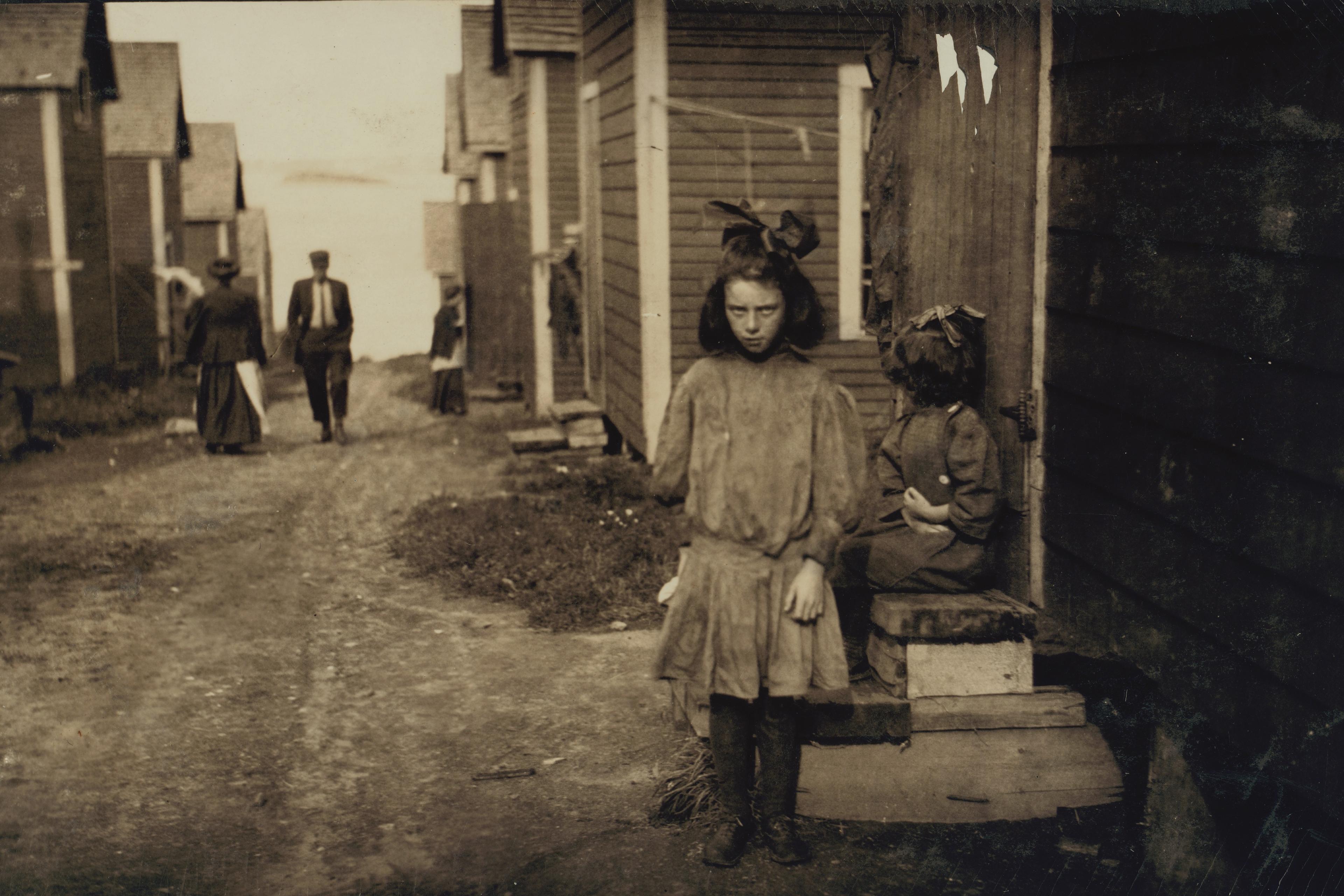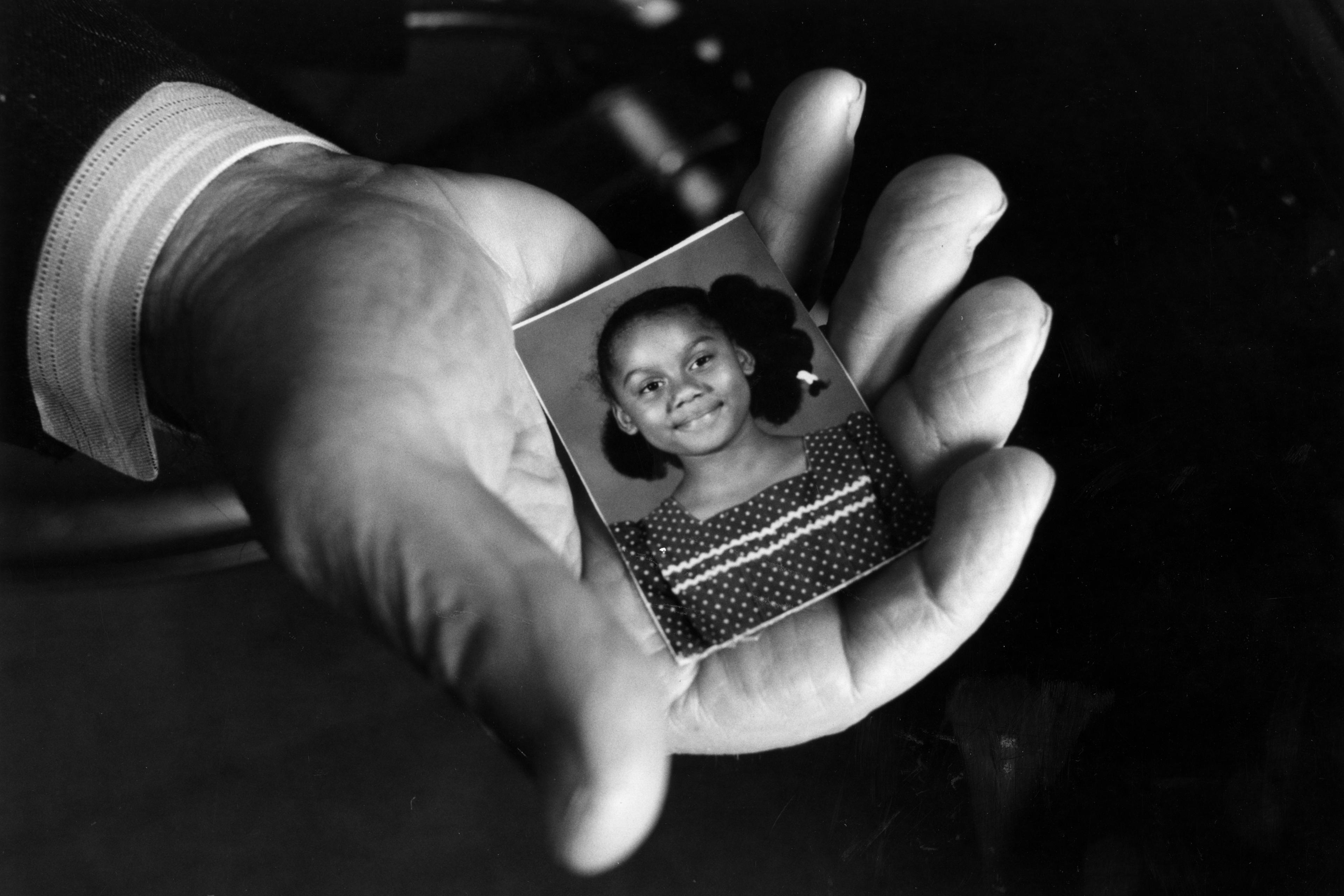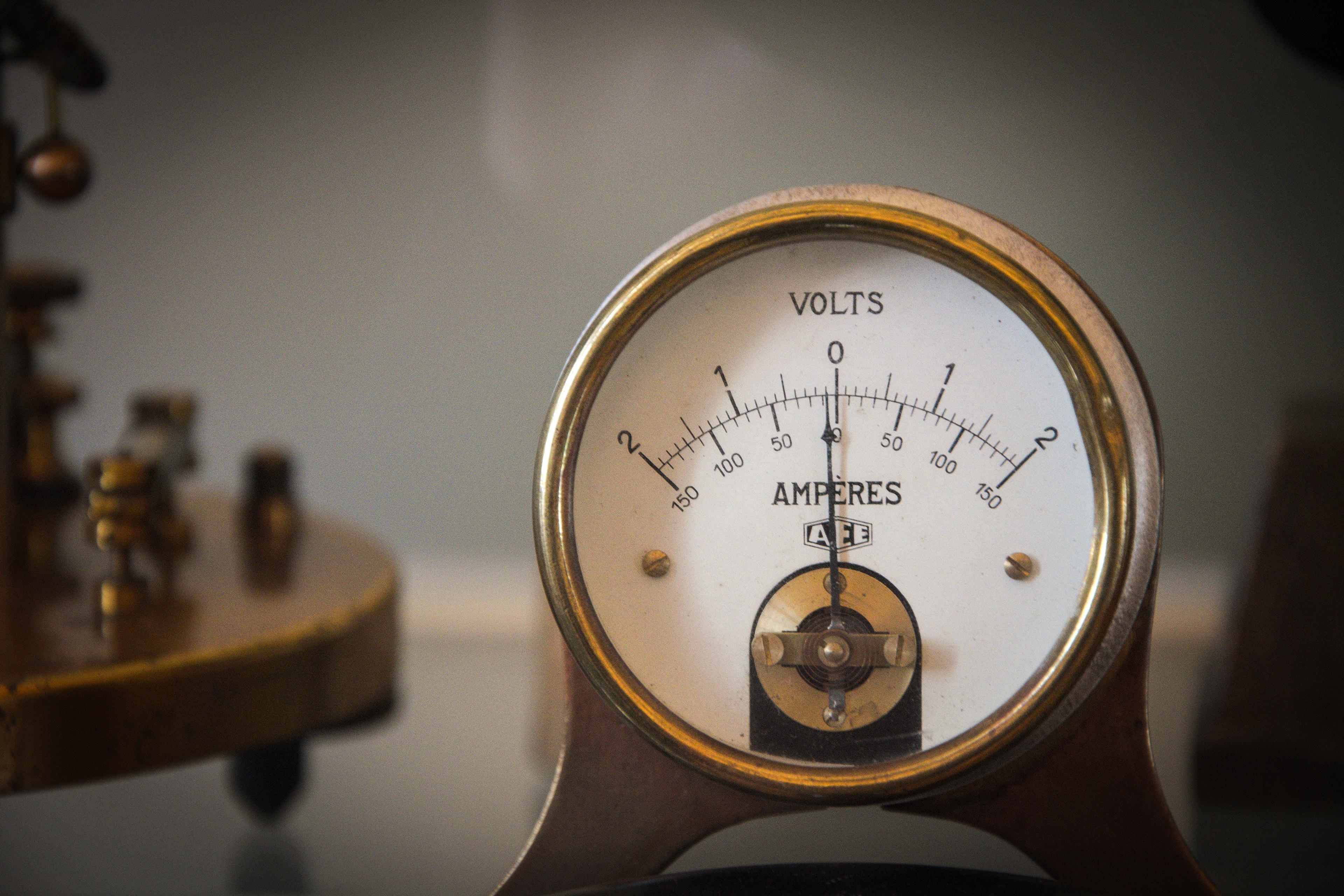A teenager, after posting an anti-LGBTQ+ and antisemitic manifesto online, stood outside a gay bar in Slovakia’s capital city and shot dead two people. He said he was inspired by another teenager, halfway across the world, Payton Gendron of Conklin, New York, who livestreamed via a helmet camera the shooting and killing of 10 people at a grocery store. Gendron’s own manifesto detailed his white supremacist and antisemitic motives. All 10 people he murdered were Black. During the attack, a bullet accidently struck a white employee in the leg. Gendron turned to him and apologised before continuing his killing rampage.
These two extreme examples of juvenile delinquency are special because the perpetrators were morally motivated. Goaded by a form of peer pressure only possible with the help of the internet, they sincerely believed they were sacrificing their own lives for the betterment of humanity. In their minds, to not commit these shootings would have been morally craven.
As a psychological researcher, I use science to better understand how and why teens develop and act on their moral beliefs, from the extreme – as in the examples above – to the more everyday, such as whether they should be respectful to their elders, be honest with their parents or kind to their friends.
Adolescence is a unique stage of moral development. Synaptic pruning peaks during this period, with tens of thousands of neural connections lost per second, meaning that for certain neural pathways, including those involved in moral decision making, adolescence is a one-shot chance of development. One approach I’ve taken to better understand this important period is to consider what precedes teen morality in childhood and what follows it in adulthood.
A typical child’s moral development is a process of categorising behaviours into three primary domains: moral, rule-based and personal. Empathy is an important underlying skill for recognising the first category. Usually by about four years old, children can empathise with others to avoid causing harm and injustice, thus allowing them to deduce the moral relevance of novel situations.
At the same time, children learn there are rules that should be followed despite there being no real harm or injustice caused when those rules are broken. This rule-based domain is highly dependent on social and cultural contexts. For example, wearing clothes in public is expected at the market in Chicago but not on the beach in France.
Finally, kids learn to recognise a personal domain that consists of preferences that are neither moral nor rule-based, such as whether it’s OK to have pineapple on pizza. Importantly, of these three domains, the moral domain is the most universal, as it’s directed more by innate psychological factors and it has more natural consequences – for instance, stealing typically stimulates emotional feelings of anger and rage in the victim and guilt in the perpetrator. We can even see these innate emotional responses play out in other primates when unfair transactions take place, thus showing their deep evolutionary origins.
Fast-forward to adulthood and humans use an entirely different moral framework based on a larger number of moral categories. Moreover, in determining the degree of wrongness of certain moral violations, adults rely more on the categorical type of violation, as opposed to the degree of harm or injustice caused. For example, an adult is more likely than a child to consider disrespect for authority as a serious moral violation despite no real harm being caused to anyone.
The US psychologist Jonathan Haidt has defined these adult moral categories through a line of research known as ‘moral foundations theory’. Under this framework, categories of adult moral judgments include physical and emotional harm, justice, fairness, reciprocity, respect for authority, personal autonomy, ingroup loyalty, purity (eg, ideas of cleanliness, racial and sexual purity), and sanctity (eg, reverence for divinity and the supernatural).
Importantly, while these categories all have evolutionary roots, the ones that have the strongest influence on the moral judgments of an adult will depend on that adult’s in-group affiliations and social identity. For example, religious people are more likely to emphasise the categories of respect for authority and sanctity; politically liberal adults are more likely to emphasise physical harm and injustice; and politically conservative adults are more likely to emphasise concerns categorised as disrespect for authority, disloyalty or impurity. In short, these evolutionarily guided cultural and identity-based moral beliefs replace the simple categories of childhood and they can override certain innate, affective and empathic aversions to harm – thus allowing for an otherwise harmless behaviour (eg, consensual sex between same-sex adults) to be viewed as a serious moral violation. In turn, this can lead to grossly disproportionate and discordant moral tradeoffs, such as seeing mass murder as a justifiable protest against certain sexual practices.
Knowing what we know about moral judgments in children and adults, we can predict that the teenage years are a period of developing a more nuanced ability to make moral judgements that are in line with the expectations of in-group affiliations and social identity in adulthood – and this is what I’ve been exploring in my research. To do this, I asked a large sample of US adolescents to rate the degree of wrongness of common moral violations in each of the categories from moral foundations theory. For example, one of the violations in the physical harm category was ‘You see a boy place a thumbtack on another boy’s chair’; a violation in the personal autonomy category read ‘You see a mother forcing her daughter to enrol as a medical student in college’; and a violation in the purity category read ‘You see a girl offer to kiss anyone at the lunch table on the lips.’
I used statistical methods to discern the factors influencing the teens’ judgments about all these different violations. For instance, if a teenager rated one disrespect for authority violation as ‘very wrong’, did they also rate the other authority violations as ‘very wrong’? And how distinct were their judgments of authority violations compared with, say, their ratings of physical harm violations? If their ratings of disrespect for authority were consistent with each other and distinct from their ratings of other categories, that allowed me to infer there was an underlying ‘authority’ factor that influenced their moral judgments, and I could assign a quantitative value to ‘how much’ they had of that factor.
My analysis suggested three factors influenced the teens’ judgments, which were consistent with adult moral categories: physical harm to animals, personal autonomy, and loyalty. However, I also found signs of two novel factors influencing the teenagers’ judgments and these reflected a mixture of various moral foundation theory categories. The first novel factor pertained to judgments of rule-based violations with no clear victim. The second factor pertained to violations involving innocent victims in easy-to-empathise-with situations, such as a thumbtack on a chair or a referee intentionally making bad calls to help his favoured team win. These are consistent with the simpler moral and rule-based domains of childhood. In other words, the teens showed a mixed influence of childhood and adulthood moral factors.
In a separate study, I found that political and gender identity also influenced the moral categorisation and judgment processes of teenagers. Self-identifying conservative teen males showed less concern for physical and emotional harm violations compared with their female counterparts, but liberal teen males showed no difference from females. In other words, there were interaction effects between conservative political identity and gender, but no interaction effects between liberal political identity and gender. I interpret this as political identity moderating the effect of internalised gender stereotypes on moral judgments. That is to say, conservative boys are sensitive to the notion that they should be less concerned about physical harm and more concerned about disrespect for authority, whereas liberal boys do not take these norms into account.
In another study, my colleague Marlon Goering and I found that teen girls began showing age-related changes in how much they cared about adult moral categories (physical harm to animals, personal autonomy, and loyalty) at an earlier age than teen boys – suggesting they were becoming more adult-like in some of their moral judgments sooner than boys. For example, teen boys gave the same ratings to these types of violations through ages 11 to 14. In contrast, 14-year-old girls showed less concern for autonomy and loyalty violations compared with 11-year-old girls, which suggests girls’ judgments were already maturing during these early teen years. Girls have an earlier average onset of puberty, so it’s possible these variations reflect an influence of sex hormones, probably acting through emotional systems in the brain, which might increase sensitivity to certain types of violations.
Altogether, my research supports the idea that moral development from birth to adulthood is a process of categorising behaviours in increasingly nuanced ways. What those categories are, and the degree to which they influence moral judgments, is directed by certain innate biological factors, but also influenced by the cultures surrounding in-group affiliations and personal identity.
That would be the end of the story if adolescence wasn’t a ‘use it or lose it’ chance to develop certain cognitive and social-emotional skills. Teens are especially sensitive to peer influence, specifically a fear of ostracism from their peer group. This makes sense evolutionarily, as there is no greater threat to one’s reproductive success than social ostracism. There is no limit to how far some people will twist the logic of harm and justice to accommodate the beliefs that they feel are necessary to maintain their in-group membership. This helps to explain the extreme acts of violence perpetrated by Gendron and similar teenagers, who are driven by a warped sense of morality and desire to belong to a perceived in-group.
To avoid teenagers’ moral development becoming distorted for the sake of belonging, it is important to provide them with opportunities to practise solving complex social-emotional challenges in safe and supportive environments. As soon as teens recognise the moral correlates of various social and personal identities, they need safe spaces to explore those identities and moral beliefs. It is common to shy away from political discussions with middle and high schoolers. Yet my research suggests that, whether openly discussed or not, teens are internalising certain political identities and aligning their moral beliefs to match. When groups espouse hateful and bigoted beliefs as prerequisites for membership, expect members to maintain such beliefs as moral obligations, and expect people with diminished capacity for anticipating consequences – including certain vulnerable teens – to act on them.
The importance of positive peer groups also cannot be overstated. Virtual environments complicate this, as today’s teens can find belonging among otherwise disparate individuals anywhere on the globe and anywhere on the spectrum of beliefs. If our goal is to limit the harm caused by juvenile delinquency, access and acceptance to prosocial peer groups in real life and online are a must.
Finally, I believe it’s important to educate teens about the logical connections between our evolutionary past, social groups and moral beliefs. This will contribute toward a more secular consensus around what is right and wrong, thus removing some key moral contradictions in the social and cultural environment, and provide a truer north for youth to calibrate their moral compasses. This will likely help temper aberrant moral convictions during adolescence, such as racism and homophobia, and help teens navigate the increasingly complex social issues they are likely to encounter as adults.








